
-
Ten everyday lessons
Read more: Ten everyday lessonsChantelle Gray offers a vivid tribute to Deleuze and Guattari’s radical becomings, calling for creative resistance and world-making.


Chantelle Gray offers a vivid tribute to Deleuze and Guattari’s radical becomings, calling for creative resistance and world-making.
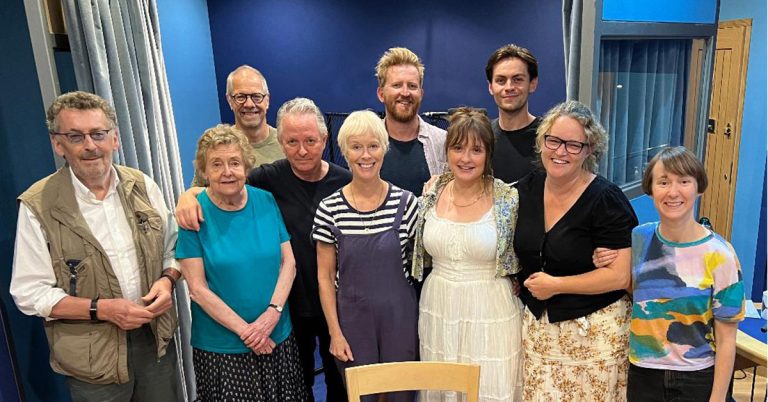
by Tom Ue Continued from Part 1 Your integration of The Taming of the Shrew when describing Rhoda and Everard is so clever, but have you thought about reading—as Gissing does—Widdowson’s and Monica’s story in terms of Othello? Yes, I…
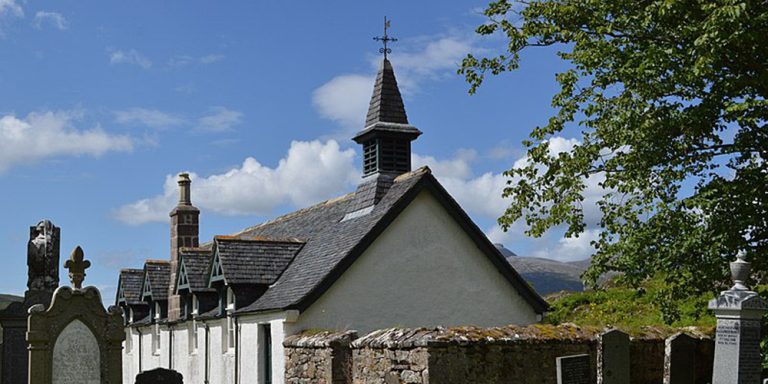
by Andrew M. Jones Tell us a bit about your book The Revival of Evangelicalism: Mission and Piety in the Victorian Church of Scotland is the story of how a movement – evangelicalism – continued to influence the Church of…
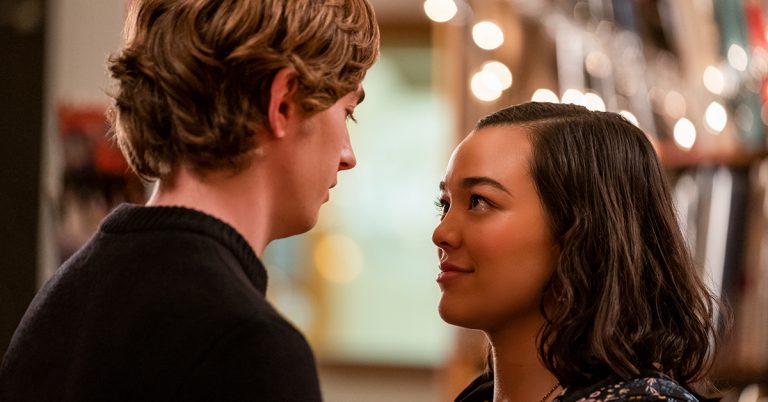
By Tom Ue Dash & Lily (2020-), Netflix’s charming new adaptation of Rachel Cohn’s and David Levithan’s popular YA series (2010-), has achieved an enviable 100% on Rotten Tomatoes, with critics lauding its performances, story, and festive mood. The first…
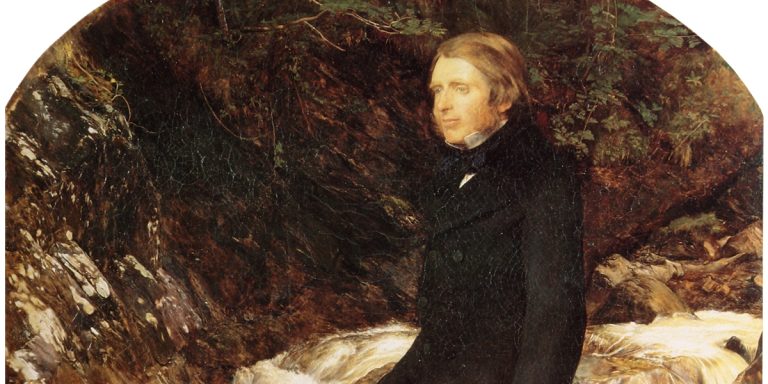
By Dr Ingrid E. Mida In April 2018, I was invited by artist Sarah Casey, as part of a collaborative project partially funded by the British Council and Arts Council England, to don my dress detective hat and study the…
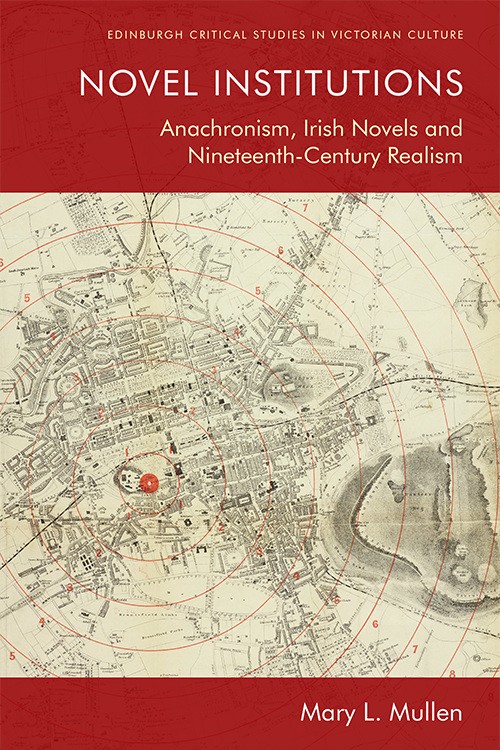
Many Mullen discusses the work of Irish novels and novelists, anachronism and nineteenth century realism.